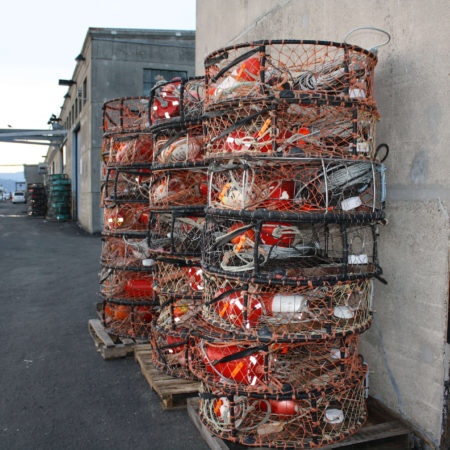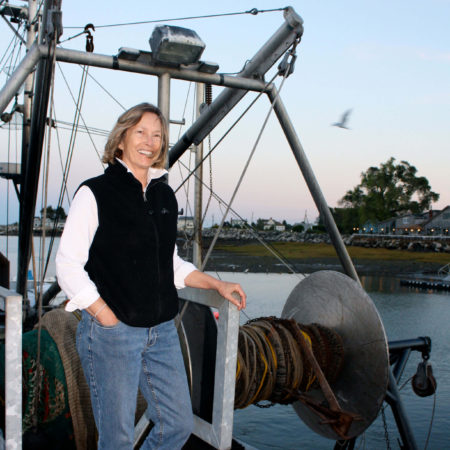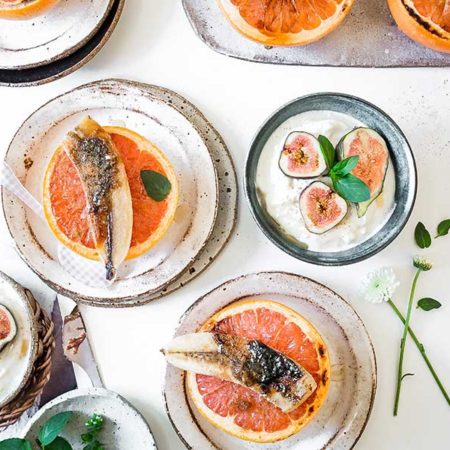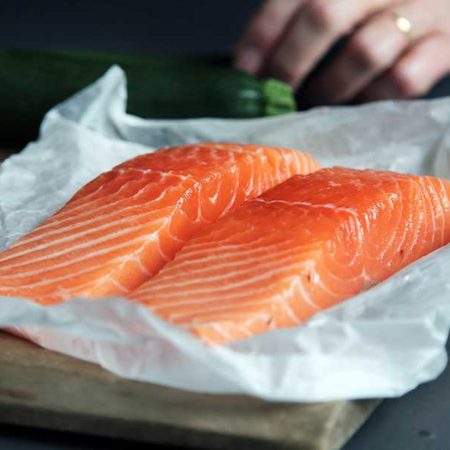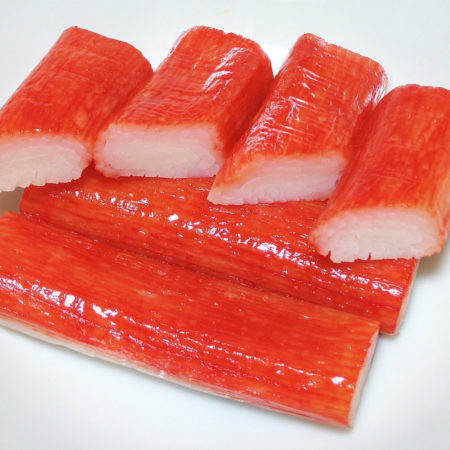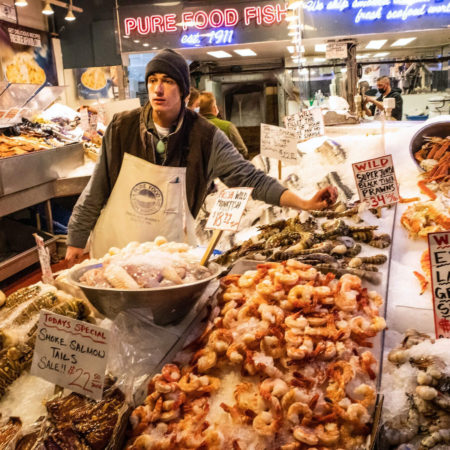Issues Local Wild Fish
Everyone wants to know what seafood is green enough to eat. One's taste for seafood is often dictated by culture, geography, religion, tradition, income, and taste. Too often many factors that can help determine the "green-ness" of seafood are ignored in the attempt to make it easier to make purchasing decisions at the cost of the oceans and those who catch the seafood we eat.
In fact, most of the current standards do not recognize the ecological value of locally caught seafood. When it comes to who should catch our seafood, connections to coastal communities creates a much stronger sense of conservation and stewardship than a connection to Wall Street.
Without addressing these issues, fish considered "green enough" to eat by various labels, standards, and certifications could easily end up on the list of overfished species or create other environmental and economic ripple effects.
So, rather than recommending specific species, we provide guidelines, which have been adapted from our member, the North American Marine Alliance (NAMA).
